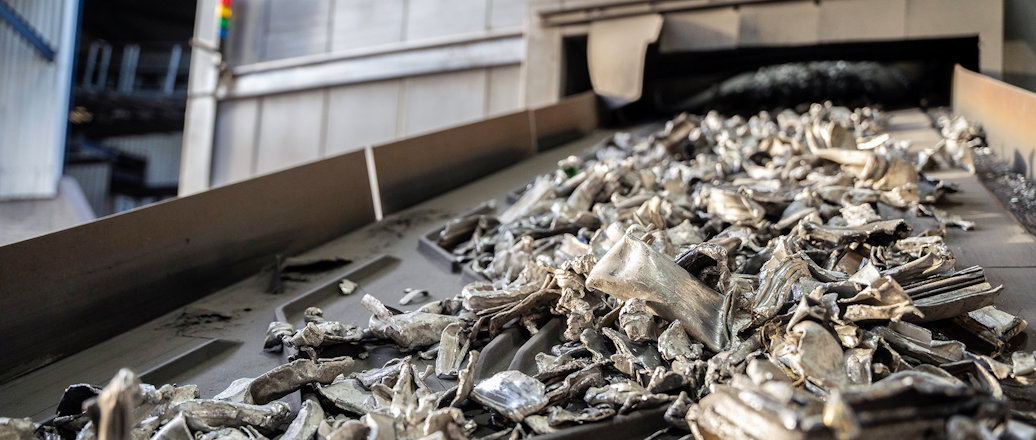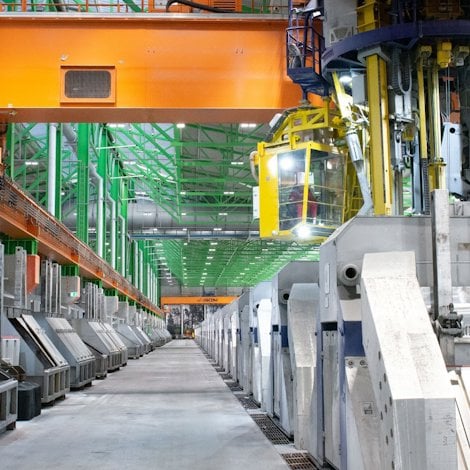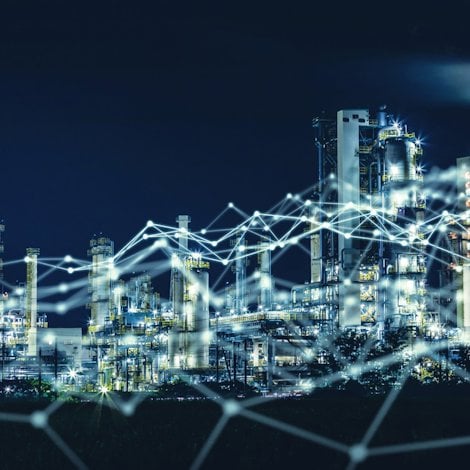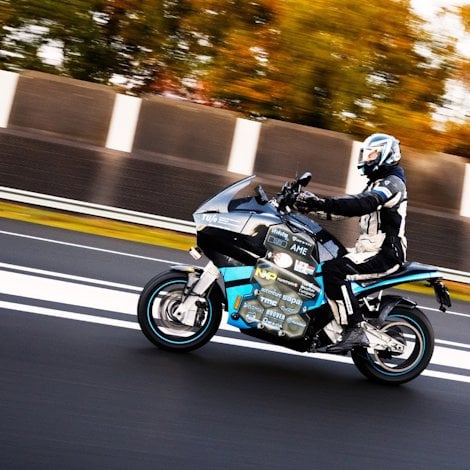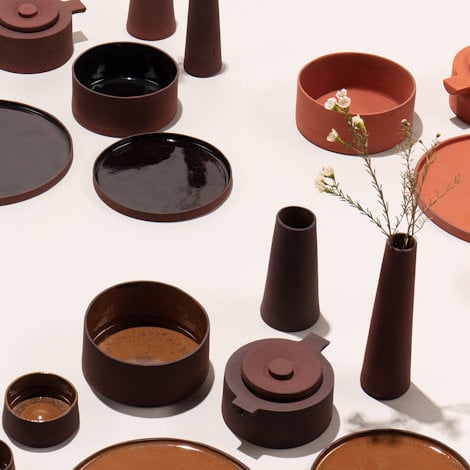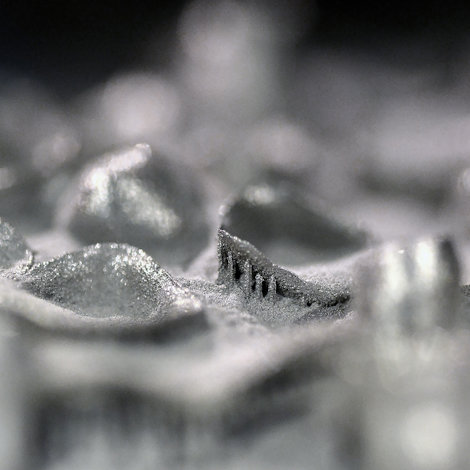The challenges (and importance) of producing near-zero aluminium
One of the newest aluminium products contains virtually no carbon emissions and nothing other than old aluminum. It is also one of the most challenging products we are making, but the fact is, scrap metal is the metal of the future.
In its latest statistical report, the International Aluminium Institute showed that greenhouse gas emissions from the global aluminium sector declined in 2022, despite increased production. I believe this trend is only going to continue, as aluminium companies focus on decarbonizing their production.
My company is doing this. Our long-term goal in Hydro is to become a net-zero company by 2050, and to achieve this, we need to take a number of steps along the way, such as delivering near-zero aluminium.
Hydro CIRCAL 100R is made almost entirely from post-consumer scrap (PCS), and with a carbon footprint of less than 0.5 kgs CO2e per kg aluminium, I feel safe in saying that this extrusion ingot has the lowest verified footprint for primary-grade aluminium available in the world.
Post-consumer scrap comprises used and discarded aluminium products
CIRCAL 100R is made from aluminium that has been used in products and then discarded, from bent bicycle frames to damaged shower enclosures. We produced the first 130 tons of this material back in 2022.
In early 2024, we received an Environmental Product Declaration (EPD) for this near-zero product – extrusion ingots with PCS content of at least 99.5%. The EPD covers the whole picture: Scopes 1, 2 and 3 (direct emissions from own production, indirect emissions from energy production, and indirect emissions from extraction/production of all supplies).
Most of the PCS used for 100R has been shredded and sorted to remove all foreign materials to ensure a close to 100% aluminium fraction. No process scrap or primary aluminium is added to the product.
DNV verifies production procedures, documentation and processes
I won’t take you through the process, or the phases, required to produce this metal, but I will say everything is closely followed.
For example, we have procedures that ensure the traceability of the PCS we use to produce CIRCAL 100R, including the certification of suppliers, intake control and segregation of the scrap through production. Batch by batch, this is documented through the production system. And all of this –procedures, documentation, processes – is verified annually by the third-party certification body DNV.
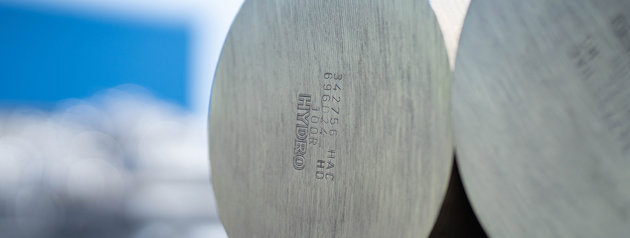
Demanding challenges, demonstration of capabilities
The main challenge with using 100% scrap is to meet the needed composition for the alloy. Managing the scrap chemistries vs. the alloy chemistry specifications is the challenge.
I’d like to point out that we already produce extrusion ingot with a guaranteed minimum of 75% post-consumer scrap. This is less complicated than producing CIRCAL 100R because you have the ability to balance the PCS with some alloying elements and primary ingots to hit the chemistry specification.
With the near-zero product, the chemistry is literally determined by scrap chemistry. You have no possibility to fine-tune with standard ingot. And this is why, at least today, CIRCAL 100R is not a high-volume product. It is better suited for smaller volumes and for the demonstration of capabilities.
Wicona is using the product in facades for a new building in Germany, and at Milan Design Week 2024, seven world-class designers turned CIRCAL 100R into lovely objects, ready for mass production.
They did this to demonstrate that the metal is neither aesthetically nor functionally inferior to primary aluminium.
Now why is this important? Because the impact of CIRCAL 100R on climate change (GWP-Total in kg CO2/kg Al) is minimal when compared to other aluminium production routes, being around 30 times below the global average for primary aluminium.
Producing aluminium in this way is important.

